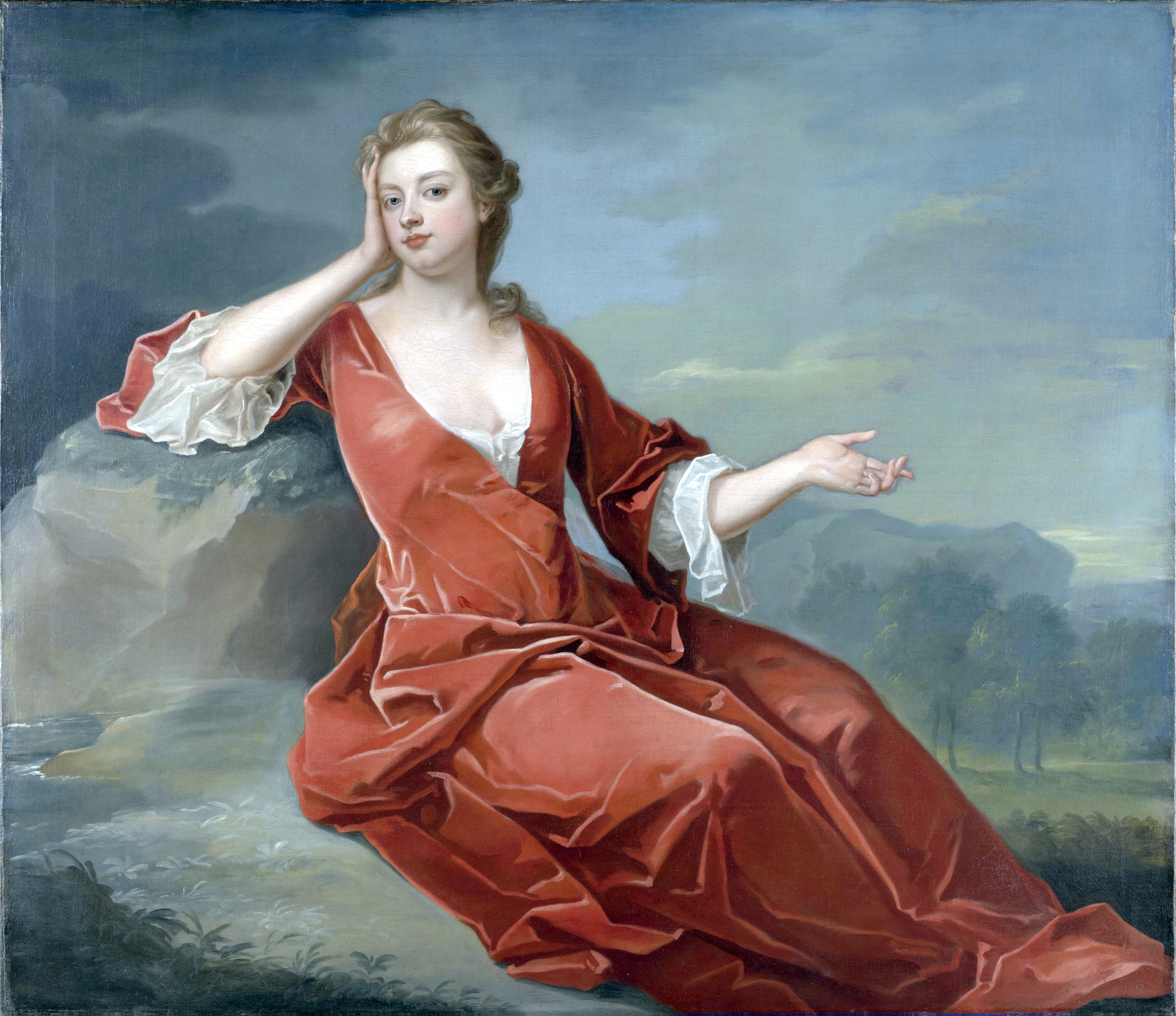The Stuarts certainly had their fair share of scandal and intrigue – perhaps especially when it came to their royal favourites. This was no different for the last of the Stuart monarchs, Queen Anne, who ruled from 1702-14.
Her favourite for several decades, Sarah Churchill (née Jennings), rose to prominence through this connection, which raised the fortunes of her loved ones as well. During the course of their friendship, Sarah was seen as a dominant figure in Anne’s life, and their relationship – and the power and wealth Sarah and her family came to enjoy – fostered resentment, envy and a good deal of malicious gossip.
The story of their relationship has in recent years been made into at least two stage plays, including one at the Royal Shakespeare Company, several historical novels, and is the subject of a new, The Favourite, starring Rachel Weisz as Sarah, and Olivia Colman as the queen. Anne and Sarah’s friendship survived many storms, but it would ultimately flounder due to political differences and Sarah’s increasingly irascible behaviour.
Towards the end of her life, the former favourite published her memoirs, entitled An Account Of The Conduct Of The Dowager Duchess Of Marlborough, in 1742, which sheds light on her relationship with the queen, along with other key figures from her time.
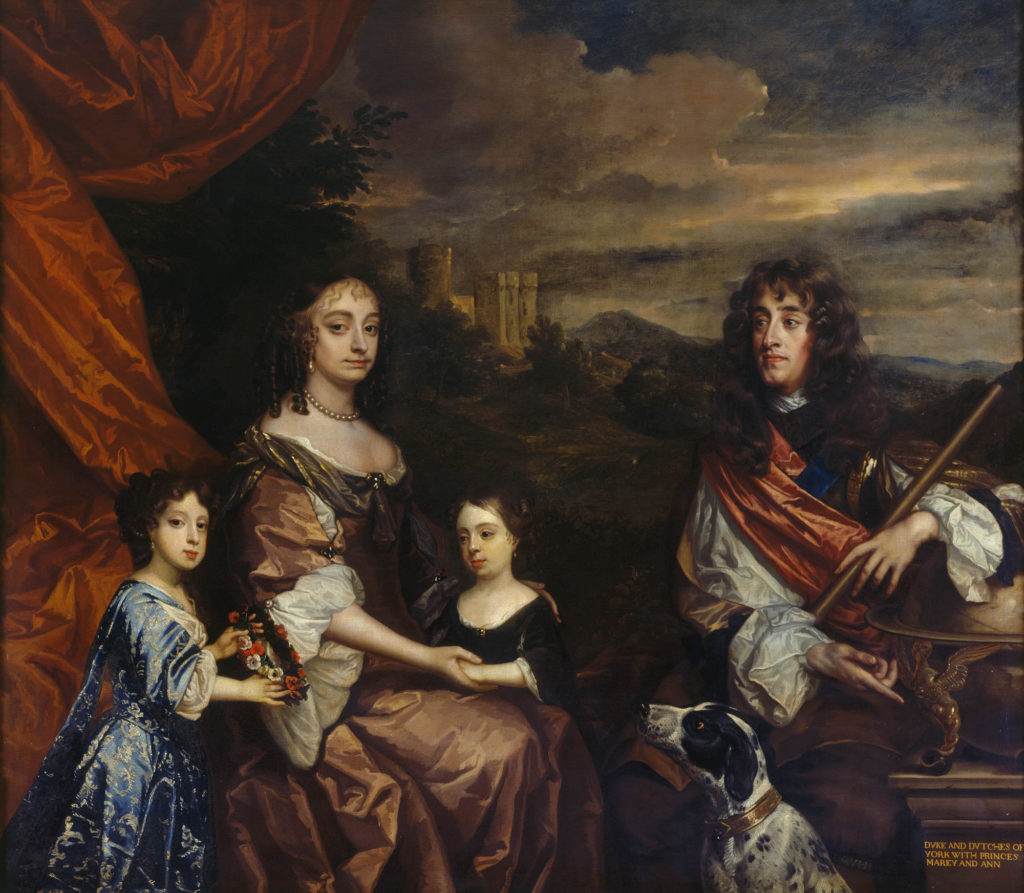
Born in 1665, Anne had grown up in the shadow of her ebullient and lovely older sister, Mary, and was a somewhat awkward and obstinate child. Prone to a lifelong tendency to put on weight, she possessed poor vision, a jealous streak and a rather lazy disposition.
Their mother, Anne Hyde, had been a commoner and a daughter of the Earl of Clarendon, and had attracted the attention of James, Duke of York – later King James II – during the Stuarts’ exile shortly before the Restoration. Despite having received elocution lessons from Elizabeth Barry, one of the great Restoration actresses, Anne remained shy and inarticulate.
The girls’ mother died from breast cancer in 1671. Less than two years later, in 1673, the Duke of York married the Italian, and Catholic, princess Mary of Modena, who, at 15, was 25 years his junior. As their stepmother was only four and six years older than the sisters respectively, she and Mary got on well. Anne, on the other hand, would never come to have a close relationship with her stepmother.
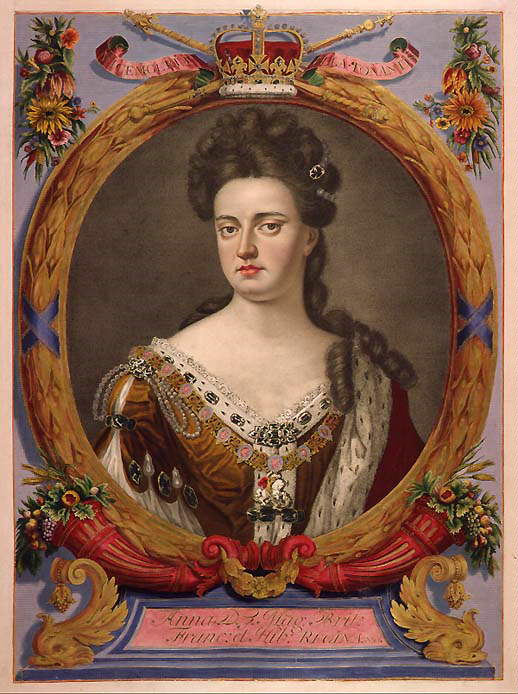
The sisters grew up with other aristocratic girls around their own age, including sisters Anne and Elizabeth Villiers and Sarah Jennings. Sarah, nearly five years older than Anne, came from minor landed aristocracy and was related to the aforementioned Villiers family.
The young princess looked up to her with a fierce admiration, for Sarah was everything Anne was not: assertive, clever, beautiful, articulate, healthy, ambitious and hot-tempered. Sarah took the often-overlooked Anne under her wing and gave her the attention she had so craved.
In return, Anne became faithfully devoted to her, for Anne’s personality was such that she couldn’t like or dislike anyone by halves, and as much as she disliked her stepmother, she adored Sarah. However, Sarah was to exercise an exploitative influence on Anne, and her treatment of the future queen was sometimes bullying.
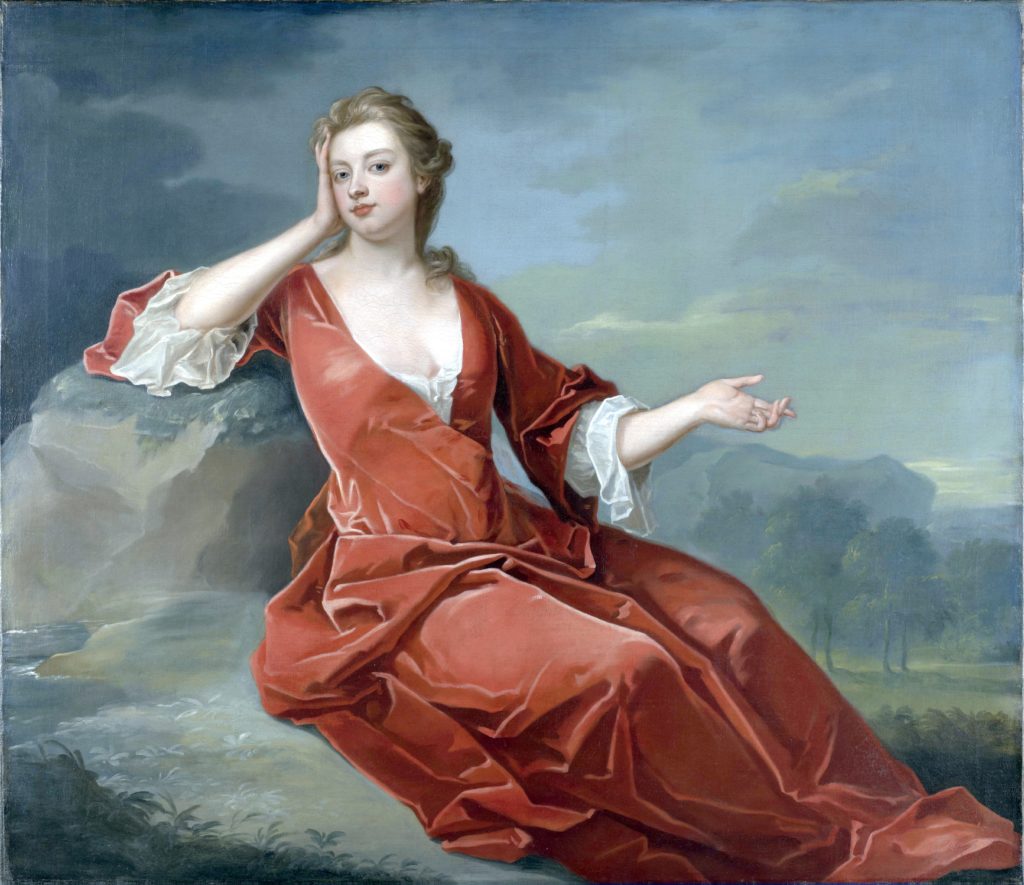
Soon, childhood fun and games had to be put aside as marriage was on the horizon. In 1677, the 15-year-old Mary was the first to be wedded, and she was given to her first cousin, William of Orange. Soon after, Sarah began attracting attention. Playwright Colley Cibber later wrote admiringly of Sarah that she had “so clear an emanation of beauty, such a commanding aspect of grace”.
It’s no wonder, then, that Sarah was pursued by the up-and-coming John Churchill, who would rise from the position of page in the Duke of York’s employ to become the first Duke of Marlborough under Queen Anne. John Evelyn, one of the great diarists of the Stuart era, described Churchill as charming and civil.
His love letters to Sarah are incredibly ardent – he was completely besotted with her – and his great love for her lasted until his death in 1722. Marrying in 1678, Sarah and John made a handsome couple and their relationship was very passionate.
Despite being one of the greatest military leaders in history due to his natural talents, it is often stated that he rose in no small part due to his wife’s ambitious nature, for Sarah would always utilise her position with Anne to obtain the best for her husband.
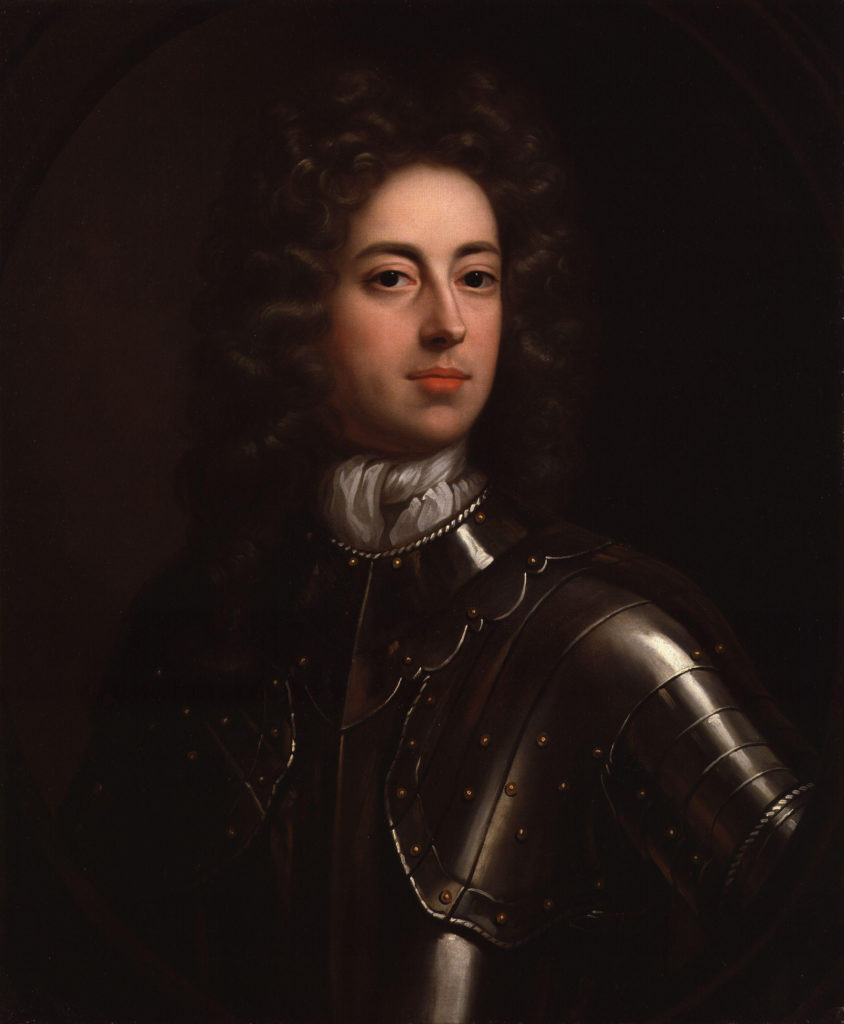
In 1683, at the age of 18, it was finally Anne’s turn and she was married to Prince George of Denmark, after which the couple were given lodgings in the Cockpit of Whitehall Palace by her uncle King Charles II. The king apparently said of George: “I’ve tried him drunk and I’ve tried him sober, and there’s nothing in him.”
Although lacking in any discernible talent, George was a good, devoted husband and easily malleable; he pretty much went along with whatever the Marlboroughs suggested. Theirs would be a strong marriage, but Anne’s subsequent gynaecological experiences became one of the most tragic aspects of their life together.
She had 16-18 pregnancies, which ended in miscarriages, stillbirths and some children dying from some of the childhood illnesses common at the time.
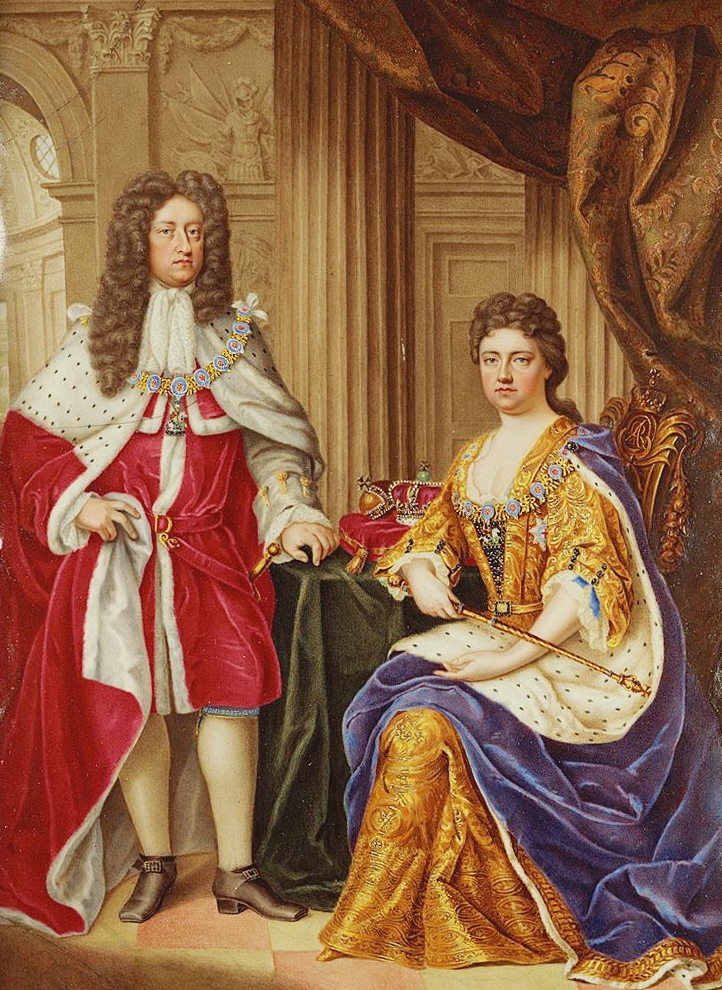
Researchers have even argued that she may have had phantom pregnancies. After her marriage to George, Anne gave her friend the position of Lady of the Bedchamber. It was also during this time that Anne and Sarah began using pseudonyms to refer to one another: Sarah was ‘Mrs Freeman’, while Anne was ‘Mrs Morley’.
Near the start of 1685, King Charles II died, and Anne’s father James ascended the throne as King James II, a reign that lasted only three years. That summer, Anne’s dashing but doomed cousin, the Duke of Monmouth, led a disastrous rebellion against his uncle, but John Churchill, along with Lord Feversham, attacked and defeated Monmouth’s rag-tag army.
Monmouth was beheaded in July of that year. It wasn’t the end of the troubles for King James II, however, as fears that he would return the country to Catholicism increased. When Mary of Modena gave birth to a healthy son, James Francis Edward Stuart, in the summer of 1688, a Catholic succession was ensured.
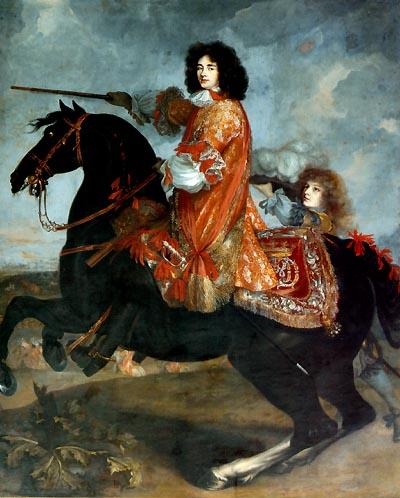
Malicious rumours soon swirled about that the boy was a changeling, smuggled into the place of birth inside a warming pan. Another rumour was that the child was not the king’s, but that of Father Petre of the Nuncio d’Adda.
Anne herself remained sceptical, writing to her sister Mary that “I shall never now be satisfied whether the child be true or false. Maybe ’tis our brother – where one believes it, a thousand do not.” This controversial birth was the turning point for some prominent Protestant figures – popularly known as the Immortal Seven – who then formally invited William of Orange to invade the country.
Mary was thrown into the unenviable position of having to choose between her duty to her husband or to her father. Anne’s situation was not as painful, but she probably would not have abandoned her dear father had it not been for Sarah.
Sarah, knowing her husband had defected and joined the new William III, convinced Anne to do the same. It was Sarah who, with the assistance of Bishop Compton, brought about the princess’s stealthy departure from Whitehall.
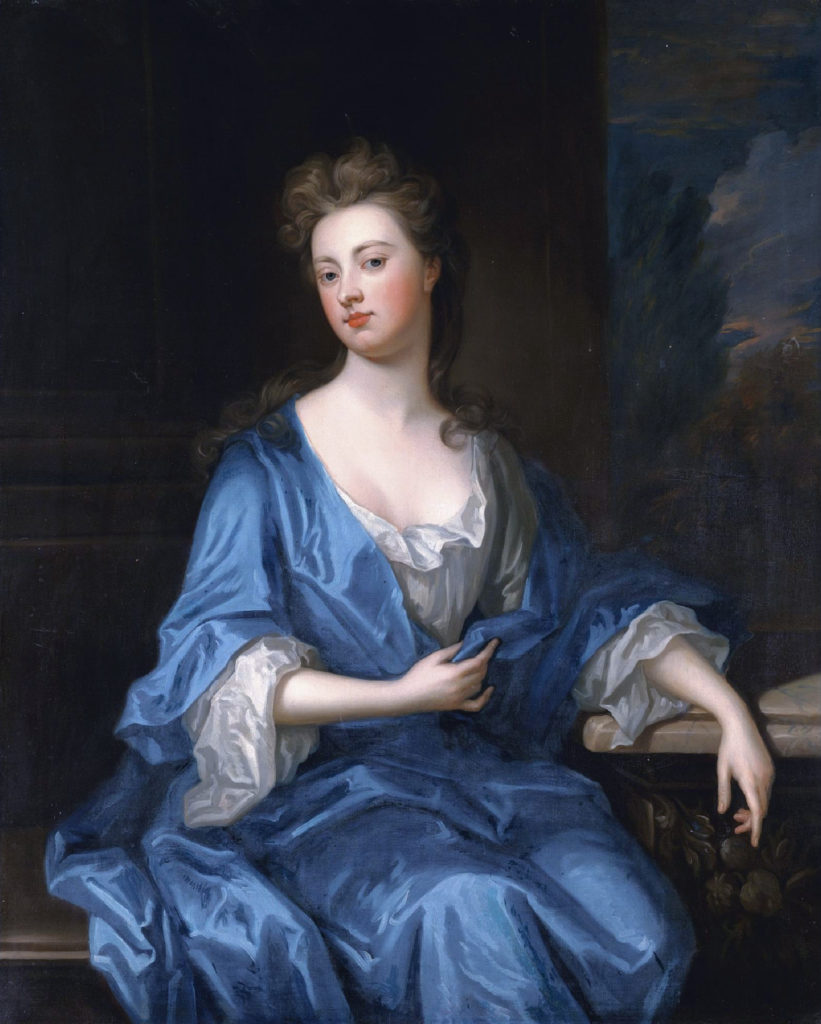
Interestingly, James II, abandoned by both his daughters, later blamed Anne’s betrayal not on Sarah but on John Churchill. James II fled with his wife and baby son to France, where they set up the exiled Jacobite court at Château de Saint-Germain-en-Laye.
Back in England, meanwhile, government officials were undecided about who to crown. Some politicians opined that Anne had a better claim to the throne than William, but Sarah persuaded her to refrain from pursuing that avenue, and both William and Mary were enthroned.
In her Conduct, Sarah explained her involvement in advising Anne in this matter: “Would it have become me to be indifferent in the affair of the succession of the crown? And to be willing, without the necessity of public good, that my mistress, my friend, should yield her birth right to the Prince of Orange?”
That Anne’s best friend apparently didn’t like Mary certainly wouldn’t have helped matters between the York sisters. Sarah’s negative opinion of Mary was plainly evident throughout her memoirs; at one point, she stated that Mary “lacked bowels”. Neither Sarah nor Anne had any time for William, either, nastily referring to him as “the Dutch abortion”.
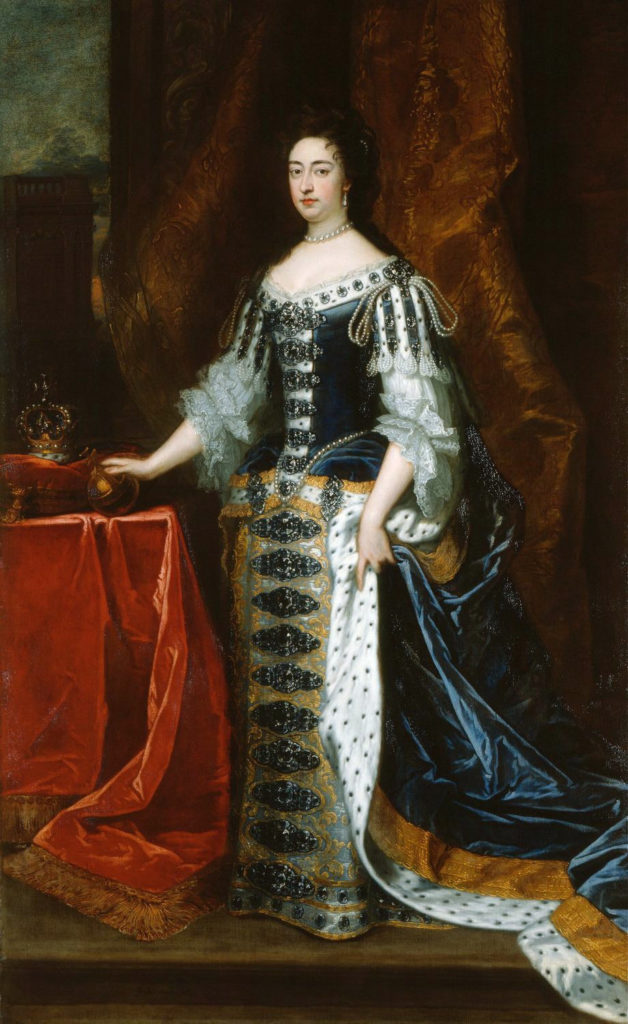
Despite her having had the physical and emotional upheaval of at least two miscarriages and learning of her husband’s infidelity with Elizabeth Villiers, one of her maids of honour, Mary settled into a life of quiet piety in the Dutch Republic.
By the time of the ‘Glorious’ Revolution of 1688, she had gone nearly a decade without seeing her sister. Although they had shared many experiences during their childhood, such a long time apart from one another had irrevocably altered their relationship. Mary, vivacious and chatty, found her sister cold, dull company, for she spoke little. Anne knew full well that they had grown apart, writing to Sarah that, “the Queen and I are of very different humours”.
Around this point, Sarah insisted that Anne needed to be given a larger financial settlement from William and Mary – money had always been important to her – and she convinced Anne that the latter should speak up about it.
In her memoirs, Mary wrote:
“I had another thing troubled me extremely, which was the continuance of the coldness between my sister and I, which, had there been none else concerned, I should not have scrupled speaking to her of it; but I saw plainly she was so absolutely govern’d by Lady Marlborough that it was to no purpose.”
Mary clearly saw Sarah as a meddler, and William never fully trusted Marlborough ever since he had switched his allegiance from James to himself. William was correct in this, for Churchill was secretly communicating with the exiled Stuart court in case William and Mary’s reign proved unsuccessful.
One thing led to another, and Churchill was sent to the Tower. As a result, Sarah was expected to remove herself from Anne’s company following her husband’s disgrace. Anne and Sarah blatantly disregarded the expected etiquette and Anne scandalously arrived with Sarah in tow, obliging Queen Mary to write to her sister “that you brought Lady Marlborough hither last night, makes me resolve to put it off no longer, but tell you she must not stay” with Sarah in the Cockpit.
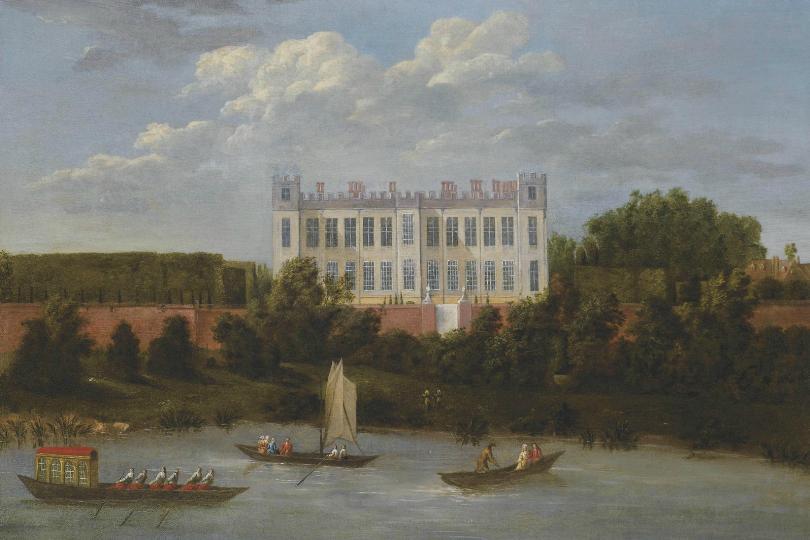
In an act of piqued defiance, Anne replied to her sister, obstinately declaring “I shall be obliged to retire” from the Cockpit. With that stubbornness so characteristic of many of the Stuart monarchs, Anne wouldn’t budge when it came to Sarah, and she and George, plus the Marlboroughs, all went to live at Syon House.
As usual, Anne turned to Sarah when her personal insecurities got the better of her. On one occasion, heavily pregnant and hormonal, she became consumed with jealousy and anxiety that George might begin to have an affair with Elizabeth Griffith, a married court lady who had been flirting with him. Sarah assuaged her fears and jollied her along.
Throughout their relationship, Anne had had little, if any, love for her brother-in-law and cousin. Her disdain was reciprocated by William, who found her somewhat repellent, and this strained relationship continued in this vein until Mary’s death.
This necessitated some kind of concord between the two, especially since Anne’s then only living son, William Henry – tactfully named after his uncle, King William – became heir to the throne and moved into Kensington House. In 1698, the king gave John Churchill the position of Governor to the young prince. Once again, the financially shrewd Sarah opined to Anne that the allowance of £15,000 for young William was not enough. Sadly, the sickly boy died shortly after his eleventh birthday in 1700.
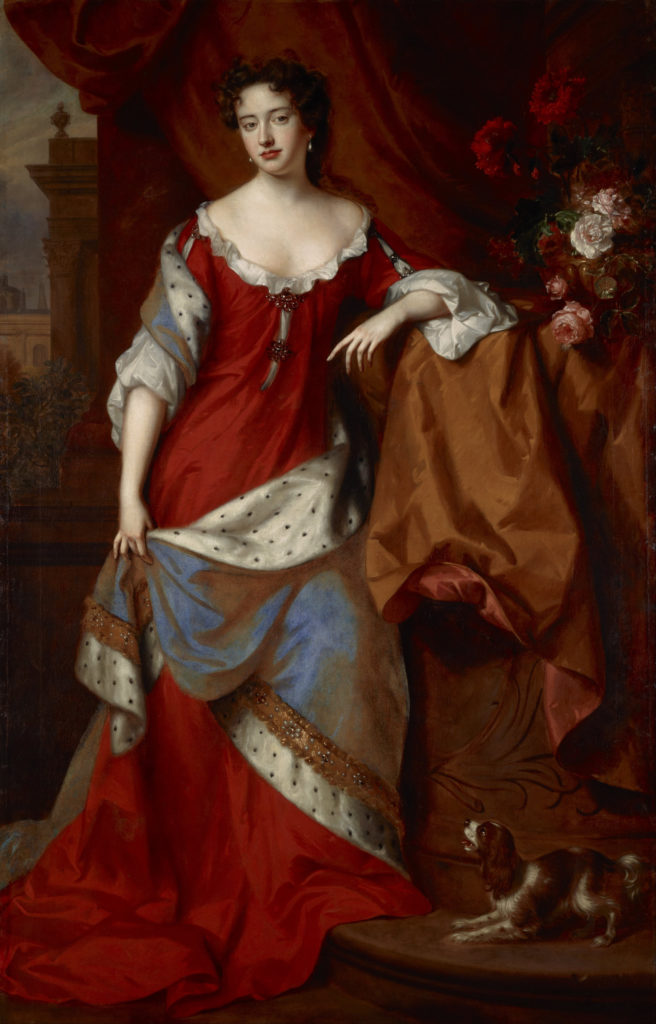
Following William III’s death from pneumonia in 1702, Anne became queen, and the Marlboroughs grew again in status and power. Sarah wrote:
“The king died, and the Princess of Denmark took his place. This elevation of my mistress to the throne brought me into a new scene of life, and into a new sort of consideration with all those, whose attention, either by curiosity or ambition, was turned to politics and the court.”
She became Mistress of the Robes and Keeper of the Privy Purse, while her husband became Captain-General of the army. Anne offered the couple a dukedom, which Sarah initially declined until the queen added an annual pension of £5,000 on top of their income.
The queen’s blatant favouritism was scandalous. She wasn’t immune from rumours, however, for as she stated in her Conduct: “It was spread about in libels, that I had behaved myself unworthily in my offices, and been unfaithful to the trusts reposed in me. That I had abused my favour with the Queen, by obtaining unreasonable and exorbitant grants to myself.” Such accusations were certainly not unfounded, for Sarah controlled Anne’s finances and borrowed freely from the royal purse.
In our modern age where Facebook friends ‘unfriend’ each other immediately after a disagreement about modern politics, it can be easy to understand how differing political views began to make trouble for the queen and her favourite. Anne had always been a supporter of the Tories, while Sarah was strongly in favour of the Whigs – and she used her position to further the party: “I resolved therefore, from the beginning of the Queen’s reign, to try whether I could not by degrees make impressions in her mind more favourable to the Whigs.”
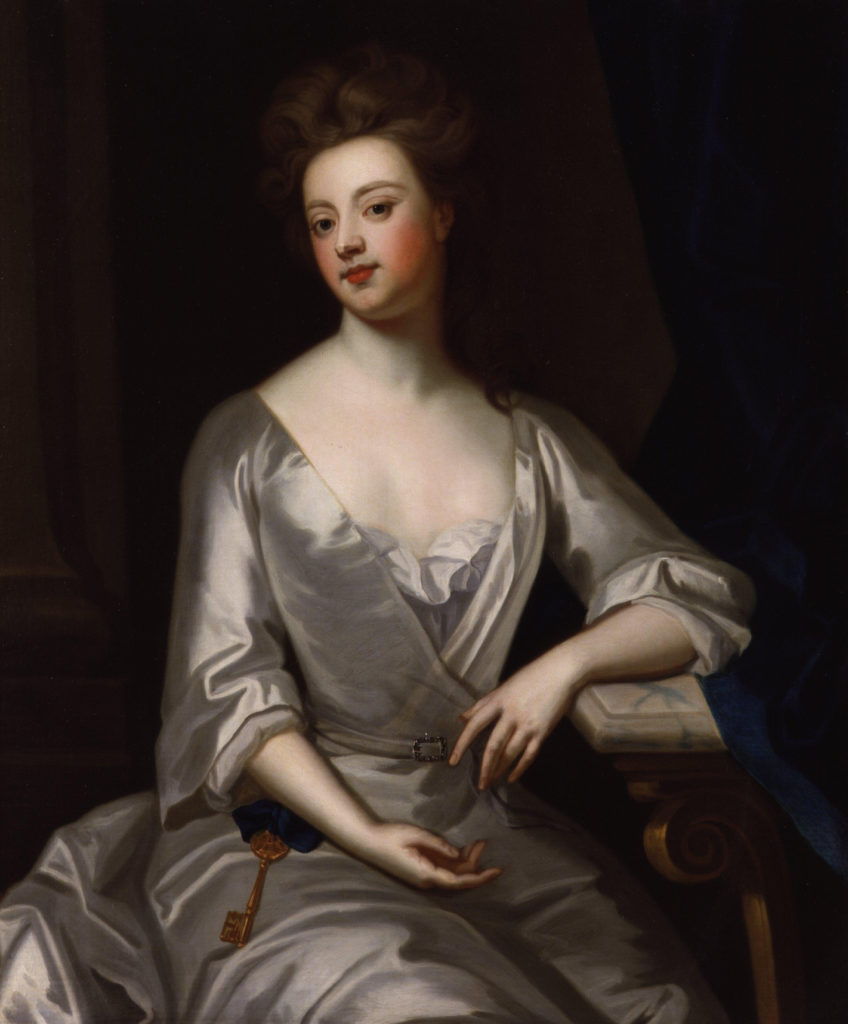
Sarah became so outspoken and insistent with her political views that Anne began to find it increasingly vexing. Another problematic aspect of their deteriorating relationship was religion. Although both were Protestants, Anne was very zealous while Sarah was not.
She also gave the queen a constant stream of (increasingly unwanted) advice. The freedom and overfamiliarity with which Sarah had spoken to Anne when the latter was still a princess was neither acceptable nor respectful when
she became queen.
It was in 1707 that Abigail Masham’s influence over Anne began to eclipse that of Sarah’s. Ironically, Abigail had been a poor relation of the queen’s favourite whom Sarah had initially pitied and helped promote. In certain respects, these two ladies were polar opposites; Abigail was quiet, reserved, plain, respectful (and, therefore, a much more suitable companion for the Anne than the volatile Sarah).
For the first time, Sarah had a rival, and this made her even more quarrelsome and dictatorial. To make matters worse, Abigail was a Tory and her close ties with her second cousin, Robert Harley, a prominent Tory politician, were viewed by the Marlboroughs as yet more of a threat to their position.
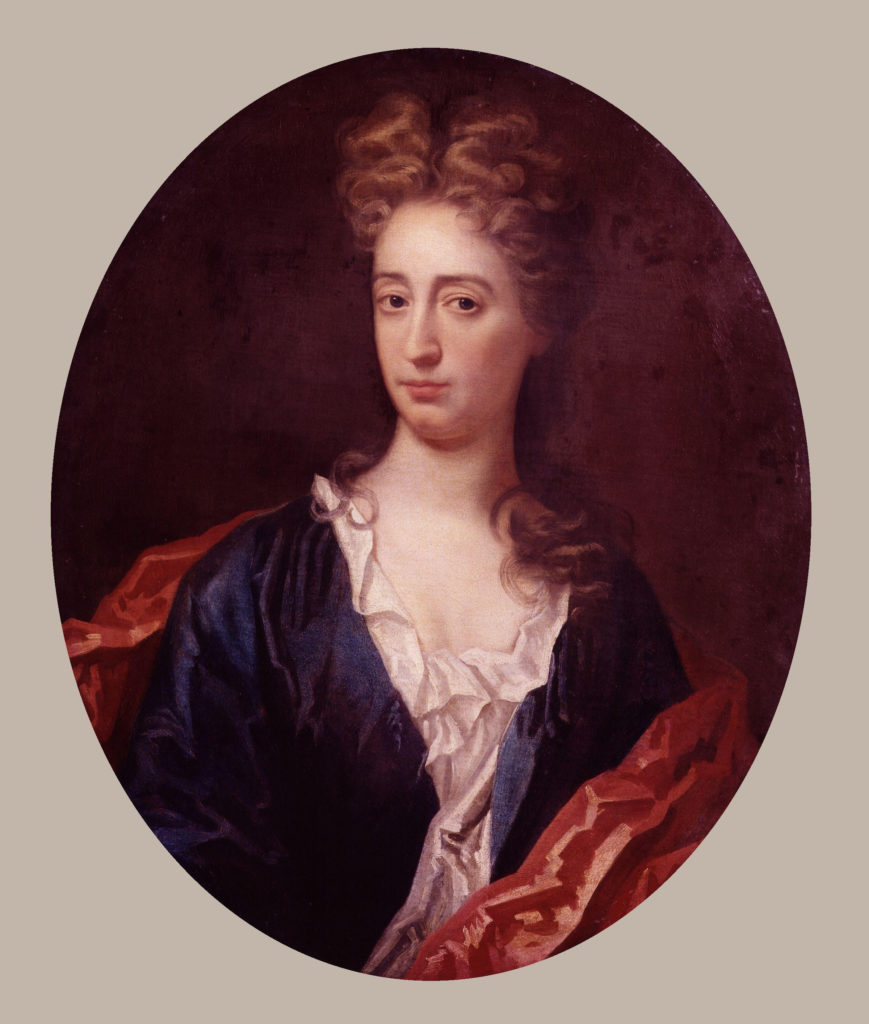
In 1708, an infamous pamphlet was published entitled The Rival Dutchess, Or Court Incendiary. This satire took the form of a dialogue between Abigail and Madame de Maintenon, and this, along with other publications such as King Abigail: Or, The Secret Reign Of The She-Favourite (1715) and A New Ballad, To The Tune Of Fair Rosamond (1708), all attacked Abigail’s character. It may come as no surprise that the author of these scurrilous works was probably Arthur Maynwaring, who worked for Sarah Churchill.
In the 17th century, alleging a person to have had same-sex relations was a commonly used tactic to discredit them. This was a period in which sodomy was a criminal offense and lesbianism deemed unnatural. Sarah knew how such a smear could damage the queen’s reputation, and she vindictively stoked the fires of these rumours when she realised that her influence over Anne had begun to wane.
William III, Mary II, Anne and George were all accused of homosexuality or lesbianism, and this is best understood as counter-Williamite propaganda from Jacobite sympathisers. No convincing evidence has surfaced to support such claims and the most credible description of Anne’s relationship with Sarah remains that from Sir Winston Churchill: Sarah was simply “her dear bosom friend from childhood”. Despite Sarah’s rage at having been replaced, Abigail never exacted the same kind of power and influence over Anne that Sarah had previously enjoyed.
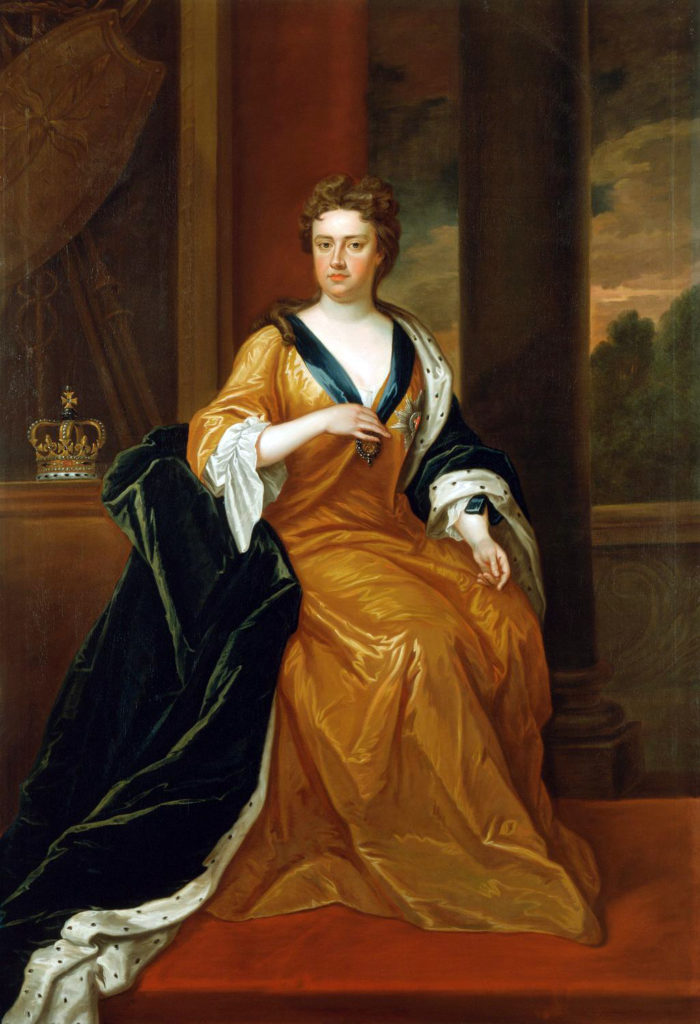
Things went from bad to worse when Anne’s beloved husband died in 1708. She was plunged into sorrow, and this was cruelly mocked by Sarah – an unkindness which Anne would not soon forget. At one point, Sarah became irate upon discovering that Abigail had moved into part of the lodgings at Kensington House that had been given to Sarah, despite the fact that the latter never lived there, preferring to stay at St James’s Palace instead.
Arriving at St Paul’s Cathedral and emerging from the carriage, in which they had just had an argument, Sarah apparently told the queen to “Be quiet!” – not the most tactful nor endearing way in which to speak to one’s sovereign. It was the final straw. Anne had had enough of Sarah’s bullying and was finally strong enough to send her packing.
John Churchill died in 1722, leaving Sarah a widow for nearly two decades until her own death in 1744. By that time, the cantankerous former favourite had fallen out with many friends and most of her children, but she was one of the richest women in the country.
Her attempts at self-vindication in her Conduct comes across at times as unforgiving, and spiteful. Given her numerous and unkind criticisms of Anne, one is sometimes inclined to wonder whether she ever genuinely cared about her at all.
This article originally appeared in History of Royals issue 17. For more stories of royal scandal and intrigue from the past, subscribe to All About History for as little as £2.15 per issue!
